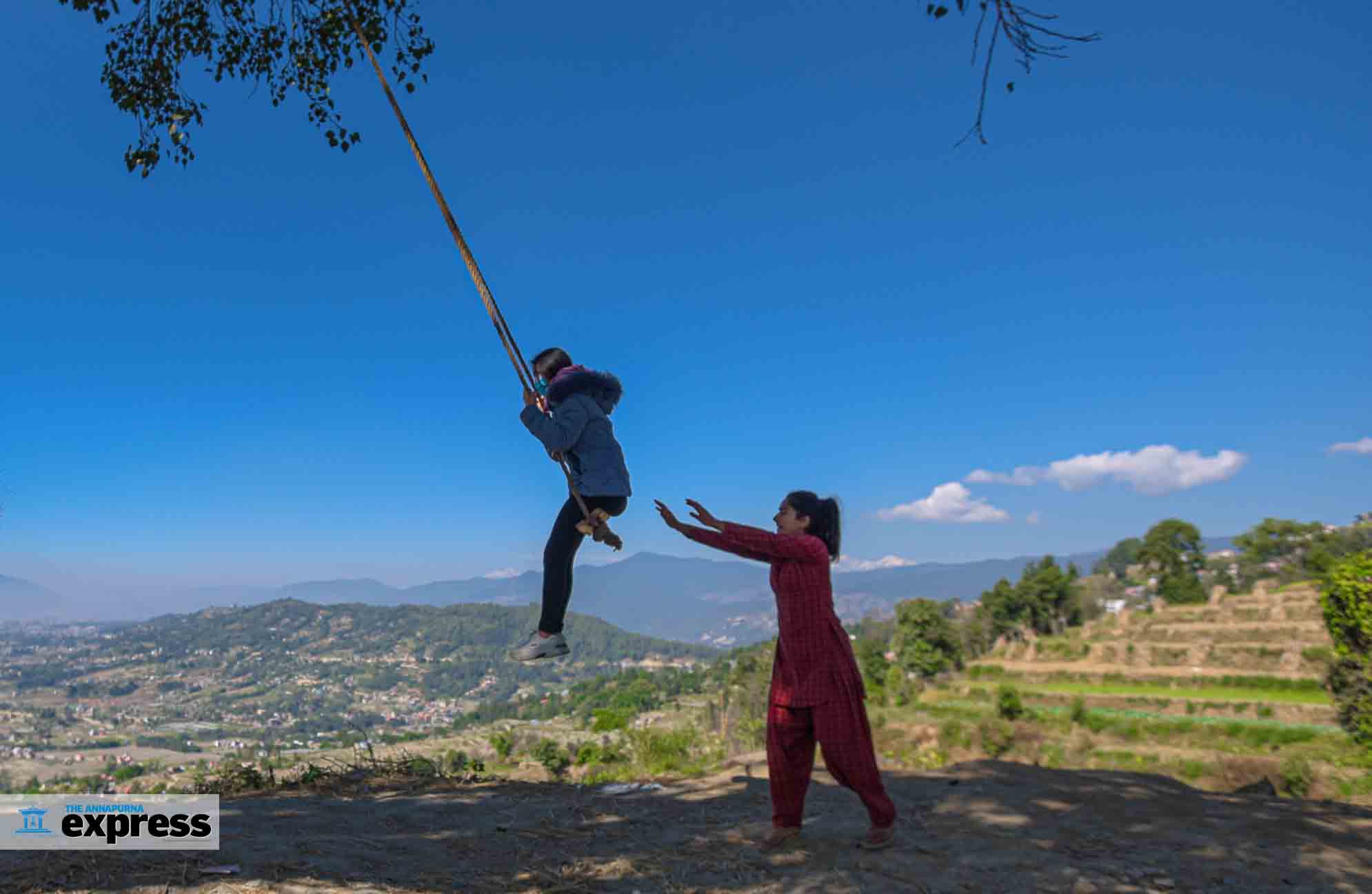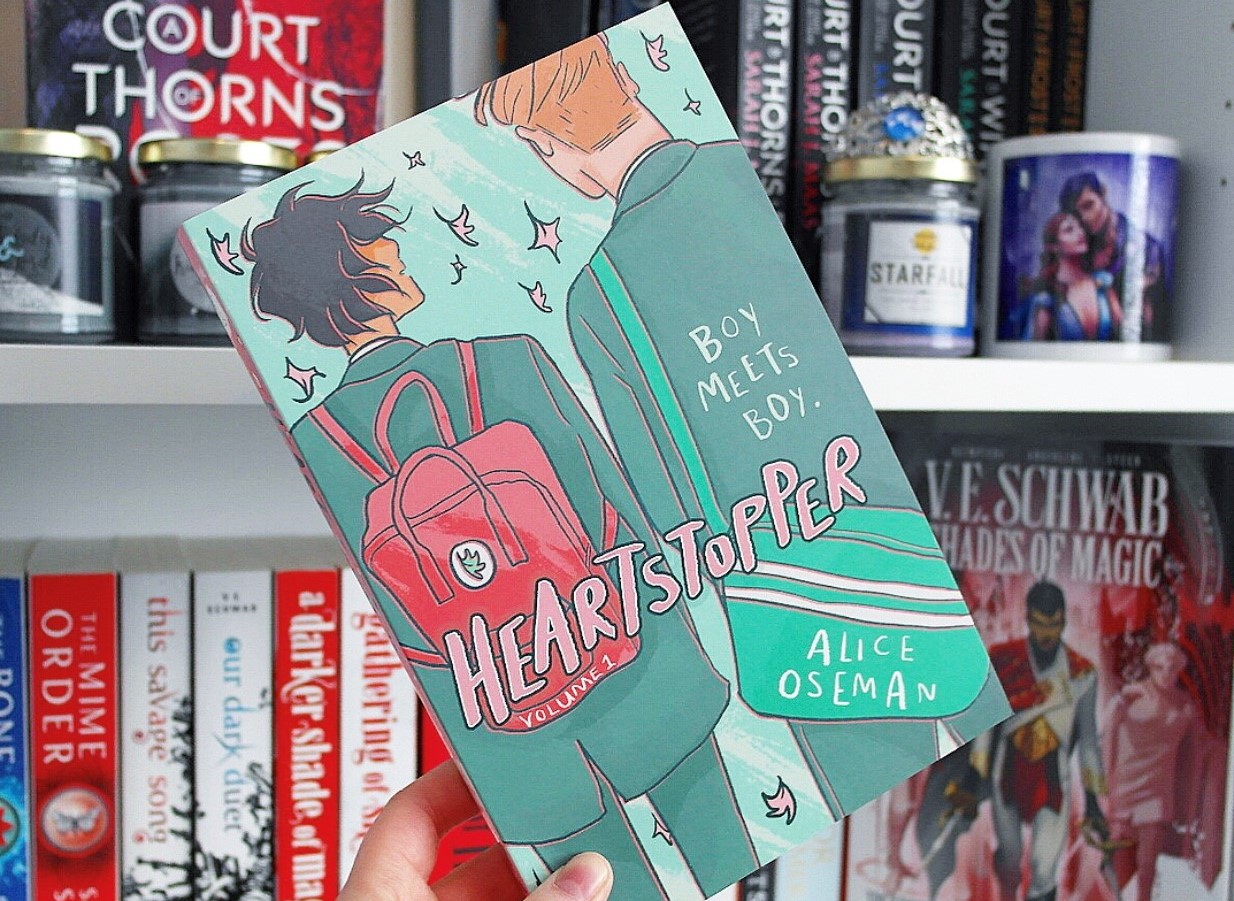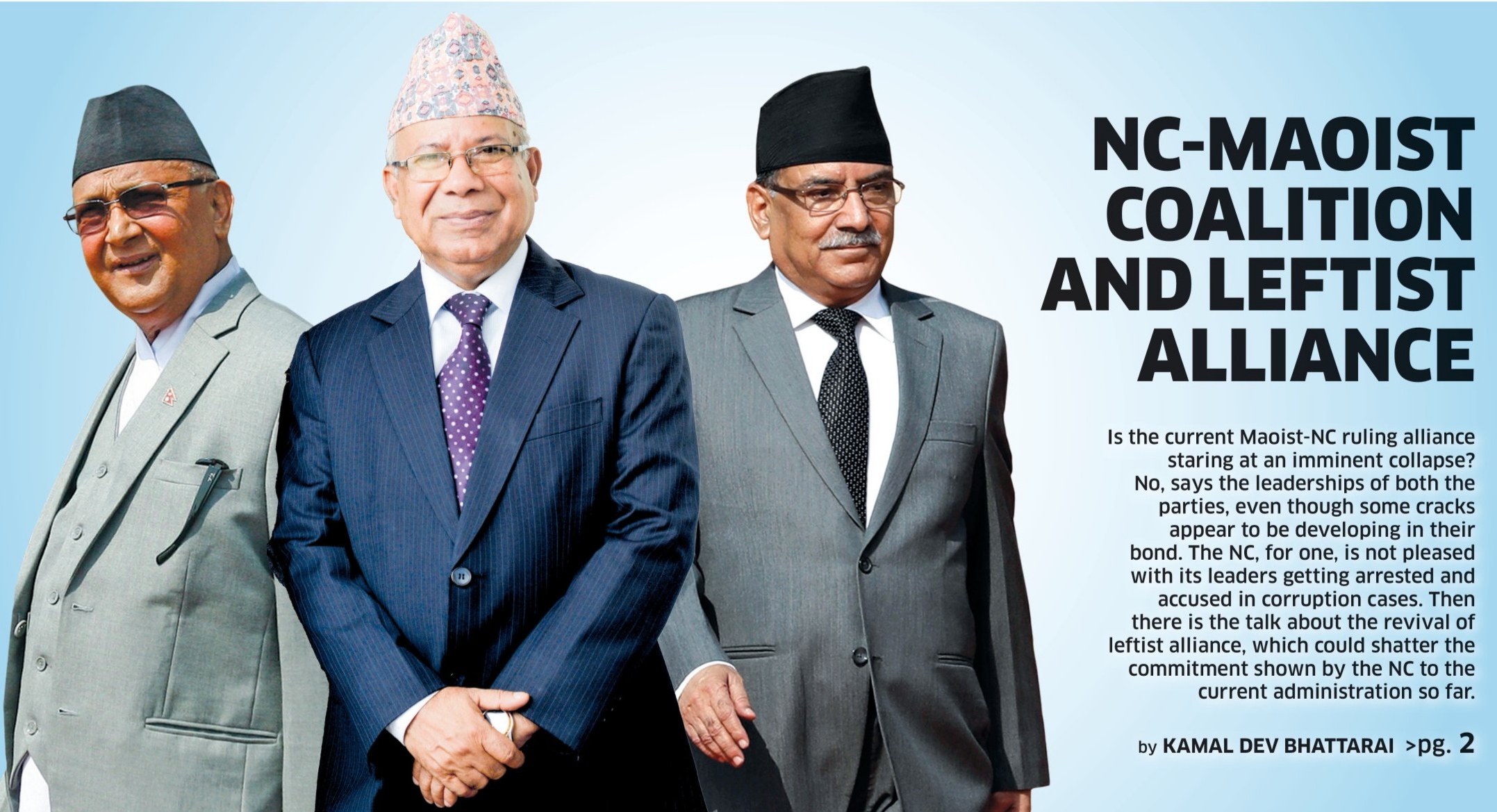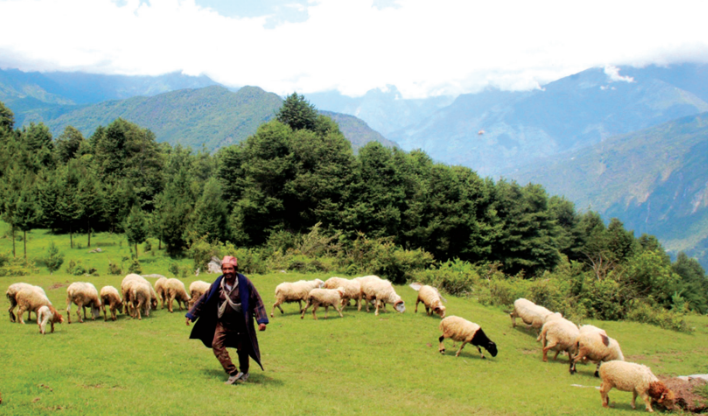Kathmandu seeks to repair its ties with Moscow
On March 3, Nepal along with 141 countries voted in favor of a resolution that ‘deplores in the strongest terms the aggression by the Russian Federation against Ukraine.’ Five countries voted against the motion, while 25 countries remained absent. Nepal’s voting led to a souring of the relationship between Kathmandu and Moscow. Immediately, Russia through public and diplomatic channels expressed its displeasure. Domestic opinions were also divided over the government’s position on the Russia-Ukraine war. “We condemned the attack on Feb 24 and voted in the UN as well, and our position remains the same but there is a realization that we need to restore our cordial ties with Moscow,” says a senior Foreign Ministry source. Despite the Kremlin's displeasure, the official says, Nepal is still on Russia’s friendly list. He goes on to claim that Vladimir Putin himself places high importance to Nepal. Milan Kumar Tuladhar, Nepal’s newly appointed ambassador to Russia, says though Nepal’s position with respect to the Ukraine conflict did not go down very well in Moscow, “our long-standing ties with Russia need to be further developed for our own benefit.” Tuladhar has extended an invitation to Putin to visit Nepal in 2023 when the Russian leader is scheduled to visit India. At a time when European and western countries have imposed sanctions on Russia, the Kremlin is keen to deepen ties with Asian countries, which could provide an opportunity for Nepal as well, say officials. South Asian countries like India, Sri Lanka and Bangladesh have already started to expand their areas of cooperation with Russia. Ambassador Tuladhar says this is the right opportunity to deepen collaboration with Moscow in areas such as tourism, trade, and investment. “Over the past few years, Nepal is facing a chronic problem with fertilizer and we can easily seal a deal on it with Russia to overcome the crisis, says Tuladhar.” “Tourism is another vital area where the two countries can cooperate.”
Who decides Nepal’s foreign policy conduct?
Who takes a final call on Nepal’s foreign policy matters? Obviously, it is the Ministry of Foreign Affairs. The Office of the Prime Minister and Council of Ministers can only offer advice, or, to some extent, dictate some issues pertaining to foreign affairs. But our leaders, senior officials and ministries always tend to bypass the Foreign Ministry in the decision-making process. The latest example of this is President Bidya Devi Bhandari’s participation in a high-level meeting of Global Security Initiatives (GSI), a global governance and security architecture unveiled by Chinese President Xi Jinping at the Boa Forum for Asia in April. As Nepal has not made any position on GSI, the Foreign Ministry had advised President Bhandari not to participate in the meeting. The letter sent to the Office of the President by the ministry, which has been leaked to the public reads: “Discussions are under way at the high-level whether to participate in GSI and there is not a concrete position on it so it is appropriate not to participate in it.” Yet, the president went against the advice and joined the meeting anyway. Her decision, many foreign policy experts say, goes against the stated position of not joining any military alliances. This has raised a serious question on who advised Bhandari to attend the meeting or whether she deliberately defied Foreign Ministry’s advice. “The ministry should be at the center of all external engagements and communication but this is not happening which must be immediately corrected,” says Ramesh Khanal, career diplomat and former Nepali ambassador to Germany. According to a high-level political source, Bhandari did not take the decision on her own. Top leaders of major parties including Prime Minister Sher Bahadur Deuba advised her to attend the meeting, saying that discarding the invitation will not send out a good message to China. Nepali leaders and high-ranking officials have long been ignoring the input of Foreign Ministry. Just a few months ago it was revealed that the then Nepal Army chief Rajendra Chhetri had written a letter to the US expressing willingness to join America’s State Partnership Program (SPP) without informing political leadership and the ministry. Similarly, the country’s leadership had sidelined the Foreign Ministry from the entire process of America’s Millennium Challenge Corporation (MCC) project. The mess in the conduct of foreign policy has become more evident after the formation of the current five-party-coalition in July 2021. Members of the ruling coalition are not on the same page on the issue of international relations. They have their own vision and priorities. Prime Minister Deuba is more inclined toward the democratic world and less keen on engaging with China, while Pushpa Kamal Dahal, leader of CPN (Maoist Center), prefers more close ties with China. Meanwhile, President Bidya Devi Bhandari, who comes from the main opposition, CPN-UML, is reportedly unhappy with several decisions related to foreign affairs taken by the Deuba government. A high level source tells ApEx to appease Dahal, Prime Minister Deuba has taken some unpleasant decisions on foreign affairs. Arun Subedi, prime minister’s foreign policy advisor, also admits there are gaps when it comes to coordination among key state institutions and they are working to fix it. As big countries like the US and China are coming up with new strategies in order to counter each other in the Indo-Pacific region, institutions like the Foreign Ministry should be strengthened. “Our leaders should strengthen Foreign Ministry and its subordinates, including government think-tanks to study the strategies of big countries,” says a senior official at the ministry. “And to avoid controversy, they should speak or take position on the basis of the report prepared by the think-tanks.” But politicians, who lack nuanced understanding of critical geopolitical decisions, have hijacked the decision-making process of the Foreign Ministry, creating more problems than resolving them. One example of this is Nepal’s position on the Russia-Ukraine war. A senior official at the Foreign Ministry says though they had advised the political leadership to stay neutral in the UN voting, the government decided to vote against the Russian invasion. Since Nepal’s institutions are not strong and lack the habit of coordinating among one another, representatives of big countries directly contact their favorable leaders or government ministries whenever they need something from Nepal. For instance, China relies on CPN (Maoist Center) to convey its key messages to the government, while other countries have a direct approach in Baluwatar. Instead of visiting the Foreign Ministry, ambassadors are often seen frequenting the residences of politicians, ministries, Baluwatar and Sheetal Niwas with their agendas. “Ideally, each and every issue relating to external affairs should be cleared from the Foreign Ministry but in Nepal, it seems like other ministries have a free hand to take decisions,” says former ambassador Khanal. According to a ruling party leader, Deuba and Dahal take decisions on key foreign policy matters in mutual consultation these days. “Many of the Deuba’s foreign policy, be it America’s SPP or India’s Agnipath, were shaped by Dahal’s position. Deuba simply relented due to keep the coalition intact,” says the leader. Meanwhile, Minister for Foreign Affairs Narayan Khadka, who can play a vital role to ensure the coordination among the major actors, has not been showing much enthusiasm in his work. He has been known to delegate his duties to others. The source at the ministry says Khadka keeps visiting his electoral constituency in Udayapur, ignoring his ministerial responsibilities. In fact, ever since his appointment, Khadka has barely agreed for an interview with the press. Former ambassador Khanal says Foreign Ministry’s role should be further expanded and strengthened in order to address the current mess. “Had the ministry been allowed to play its role properly, so much of the controversies regarding MCC and SPP could have been avoided.”
‘Heartstopper’ book review: A cutesy but crucial story
You can breeze through a single volume or two of ‘Heartstopper’ by Alice Oseman in a day. There are four volumes in this graphic novel series that is cute and heartwarming but also discusses some important issues like bullying, abuse, and homophobia. I’m recommending it this week since it might be just the right kind of book to get into during Dashain. It doesn’t require a lot of commitment or time but the story will enthrall you and you won’t be able to get it out of your head. The central characters of Heartstopper, Nick and Charlie, first appeared in Oseman’s debut YA novel, ‘Solitaire’. Charlie is the younger brother of the narrator, Tori, and Nick is his doting boyfriend. Though they were side characters in the book, Oseman apparently was very interested in telling their stories. And that’s how the idea for the graphic novel came about. Heartstopper began as a web comic and much of it is largely available online too. People have been drawn to the series because of its great LGBTIQA+ representation, the romance and the art as well. The art, however, is considerably better from the second book onwards. In Heartstopper (Volume One) we are introduced to Nick Nelson and Charlie Spring. We see them meet at a British all-boys grammar school and fall in love in what is a beautiful coming of age novel. Charlie is an overthinker and high-strung. Nick is cheerful and soft-hearted. The two make a great pair as they balance each other out. Friendship between them is instantaneous and it’s wonderful to watch them discover each other and themselves in the process. I picked up this volume because I wanted to watch the Netflix show. All the BookTubers I follow have been raving about both the books and the show for so long now. And for good reason. Heartstopper deals with same-sex relationships in teenagers with a lot of sensitivity and positivity. It also talks about mental health issues in a way that doesn’t invalidate the experience of those suffering from anxiety or depression. Oseman focuses on the importance of seeking support and that makes the story an uplifting read. I have to admit that Heartstopper might seem a little childish for those who are well in their thirties like me. But it’s an essential representation of queer relationships. I wish I had books like these while growing up. I’m so jealous of youngsters today who have such good stories to help them make sense of the world and what they might not necessarily understand. Three and half stars Fiction/Graphic novel Heartstopper Alice Oseman Published: 2018 Publisher: Hodder Children’s Books Pages: 263, Paperback https://www.goodreads.com/en/book/show/40495957-heartstopper
‘Jamtara: Sabka Number Ayega’ review: Jamtara returns with higher stakes and bigger risks
The second season of ‘Jamtara: Sabka Number Ayega’ picks up where the first season ends. Gudiya (Monika Panwar) ends up in jail after escaping Brajesh Bhan’s (Amit Sial) trap, while Sunny (Sparsh Shrivastav) sustains a debilitating injury and is hospitalized with an incapacitated leg. Rocky (Anshumaan Pushkar)—Sunny’s older brother—meanwhile continues to work for Bhan but wants revenge for his younger brother as well as a fresh start in the future. Gudiya, on the other hand, is backed by Gangadevi (Seema Pahwa)—a former politician and Brajesh’s bua ji—who wants her to run against Brajesh in the elections. Meanwhile, Dolly Sahu (Aksha Pardasany) of the Special Task Force has returned to Jamtara with vengeance on her mind. While local cybercrime chief Biswa Pathak (Dibyendu Bhattacharya ) is caught between performing his duty diligently and staying loyal to his corrupt bosses and the people of Jamtara. ‘Jamtara: Sabka Number Ayega’ is a fictional drama created and directed by Soumendra Padhi and written by Trishant Srivastava. But the characters and incidents are inspired by real life scammers who trick people by making up profiles on dating websites and apps, calling their targets, or impersonating reputable businesses to get their personal information, including passwords and credit card numbers. While the first season of the Hindi-language series introduced the audience to a group of youngsters in Jamtara, Jharkhand, who learnt to scam people through their phones and then quickly became an organized group, the second season takes the scamming to the next level. The scammers have become smarter, bolder and the numbers are huge. Also, politics and cybercrime intertwine in the second episode, giving the audience more ruses to follow. Each episode of the series ends in a hook, tempting the audience to click on the next episode. With a gifted cast and a tightly knit screenplay, director Padhi manages to make each hour-long episode of the series gripping and entertaining. Start with something new and end it on a cliffhanger—this ploy seems to work beautifully for the team. However, the screenplay falters a bit in parts where Brajesh and Gangadevi’s rivalry is shown. In the first season, ‘Jamtara’ was purely about youth in cybercrime and the social engineering of the place. A lot of focus on political rivalry in the second season kind of takes away the attention from the main theme of the series. Some parts feel stretched and exaggerated just because the makers had to try and convince the audience of where Jamtara is heading. Also, I feel the climax in the final episode does not get enough build-up after the promising previous episode. Yet, with the entire cast pulling off stellar performances, all of Jamtara’s shortcomings can be overlooked as it is a tight package of some fine writing and execution. Despite having a group of comparatively unknown faces to work with, the makers have given recognizable identities to each of the actors and their characters. Sial, who portrays the dishonest, vicious, and selfish politician Brajesh, deserves a special mention here. His character is not unique to the screen, but the way he performs it and gives it his own touch makes him memorable. This season also features some amount of symbolism within the series. For instance, there’s a massive banyan tree covered with cell phones which are tied to it by local scammers who have grown to believe they are invincible and nobody can reach them. Also, there is a duo who narrates what’s happening in Jamtara in deeply philosophical prose and also predicts impending doom and destruction, much like Shakespearean characters. Who should watch it? If you liked the first season of ‘Jamtara’, you will definitely love the second too. Although the episodes get lengthier and heavier in content, the second season carries with it the freshness and goodness of the first. The series is full of ruses and surprises, and is bound to keep you entertained. Anyone who loves crime and suspense thrillers will definitely enjoy Jamtara. Rating: 4 stars Genre: Crime drama Director: Soumendra Padhi Actors: Monika Panwar, Amit Sial, Sparsh Shrivastav, Anshumaan Pushkar Run time: 8hrs (approx.) https://www.youtube.com/watch?v=6DQ_lEmt0aM



















